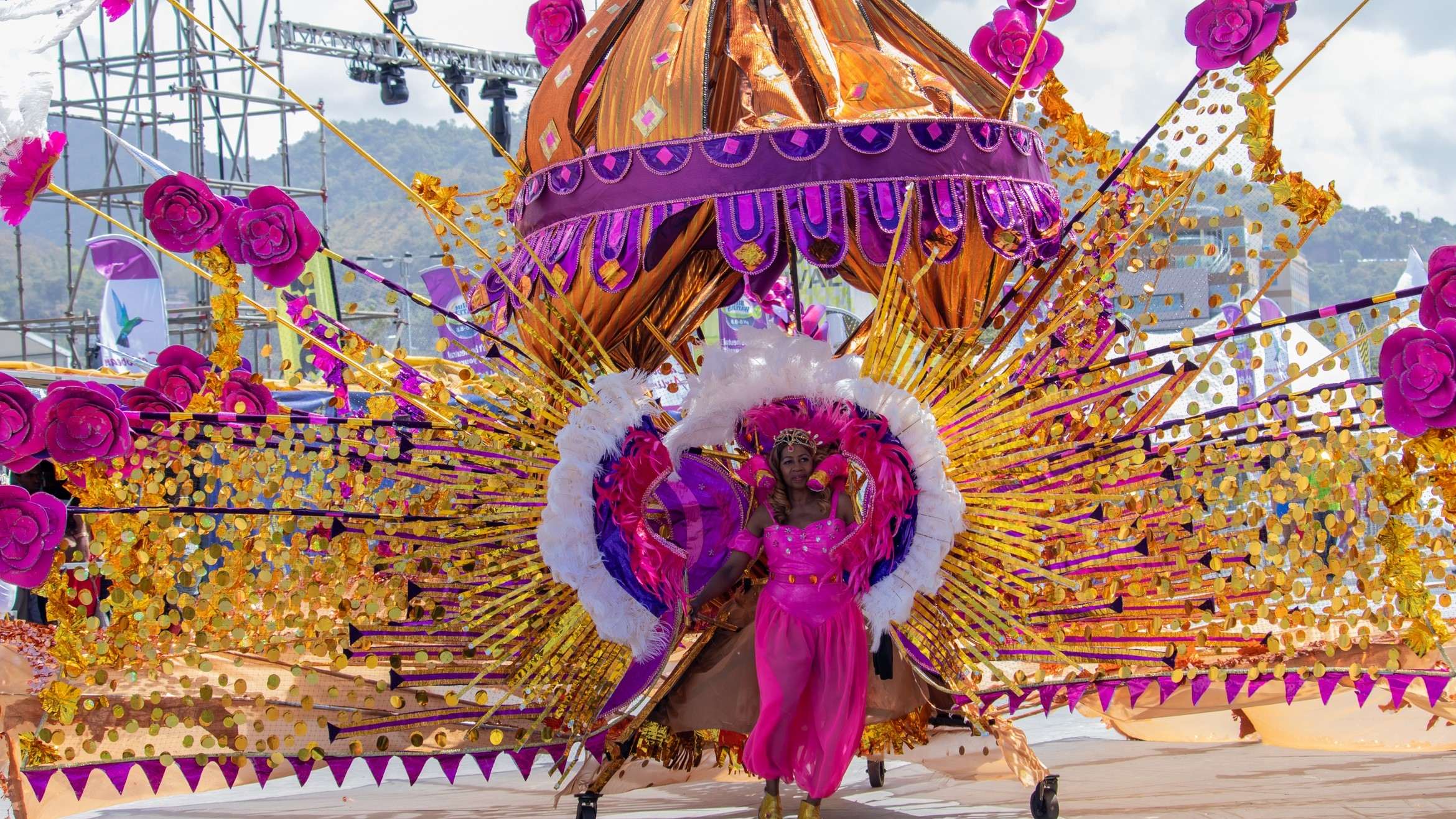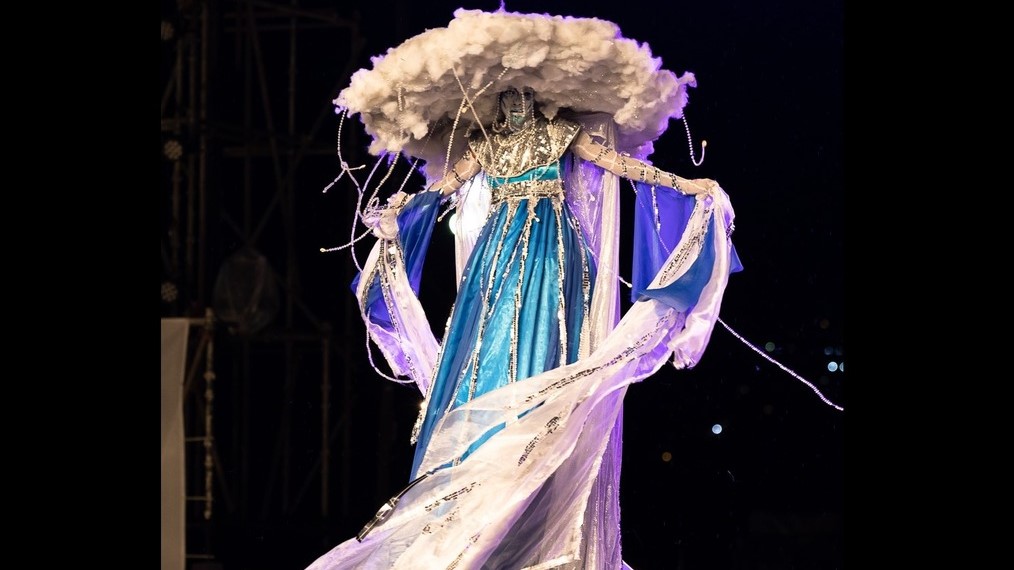

Despite Carnival looking a bit different these last two years, it is still a time for many Trinbagonians to reflect on and celebrate their culture. One way of doing that is learning a little more about the beloved cultural event.
Here are some interesting facts you may not know about Carnival in Trinidad and Tobago:
- 2021 & 2022 are not the first time Trinidad and Tobago Carnival has been cancelled.
Trinidad and Tobago’s carnival has been halted twice before the Covid-19 pandemic. Carnival was first cancelled during World War II between 1939-1945. According to the National Trust, it was mainly cancelled due to, “security reasons as America was laying claim to the territorial advantages of the island.”
In 1972, Carnival was not cancelled but postponed due to the polio outbreak on the islands. The Ministry of Health decided to delay the event to allow the immunization program to “take its full effect.” Carnival was delayed to May 1972, when masqueraders were met with quite a bit of rain. According to the National Trust, this is was when Lord Kitchener created his famous song, Rain-O-Rama.
- Carnival used to be a 3 day-long event
At the beginning of the tradition, Carnival was a 3-day celebration preceding Ash Wednesday. Due to heavy criticism from the upper class about the event violating the Sabbath, it was then changed in 1943 to only occur on the Monday and Tuesday before Ash Wednesday.
- Calypso was once a form of Information Sharing
Calypso was once known as the “poor man’s newspaper.” Due to low literacy rates at the time of its invention and its structure and function to discuss current events and situations it became both a form of entertainment and how some members of the population became informed about political and social events.
The National Carnival Commission of Trinidad and Tobago notes that “it developed to become both a dance and cultural record of events.” The NCC also states that the roots of its style came from, “African traditions of improvised songs of self-praise and scorn for others, brought here by enslaved peoples.”







 31°C
31°C






















 Facebook
Facebook
 Twitter
Twitter
 Instagram
Instagram